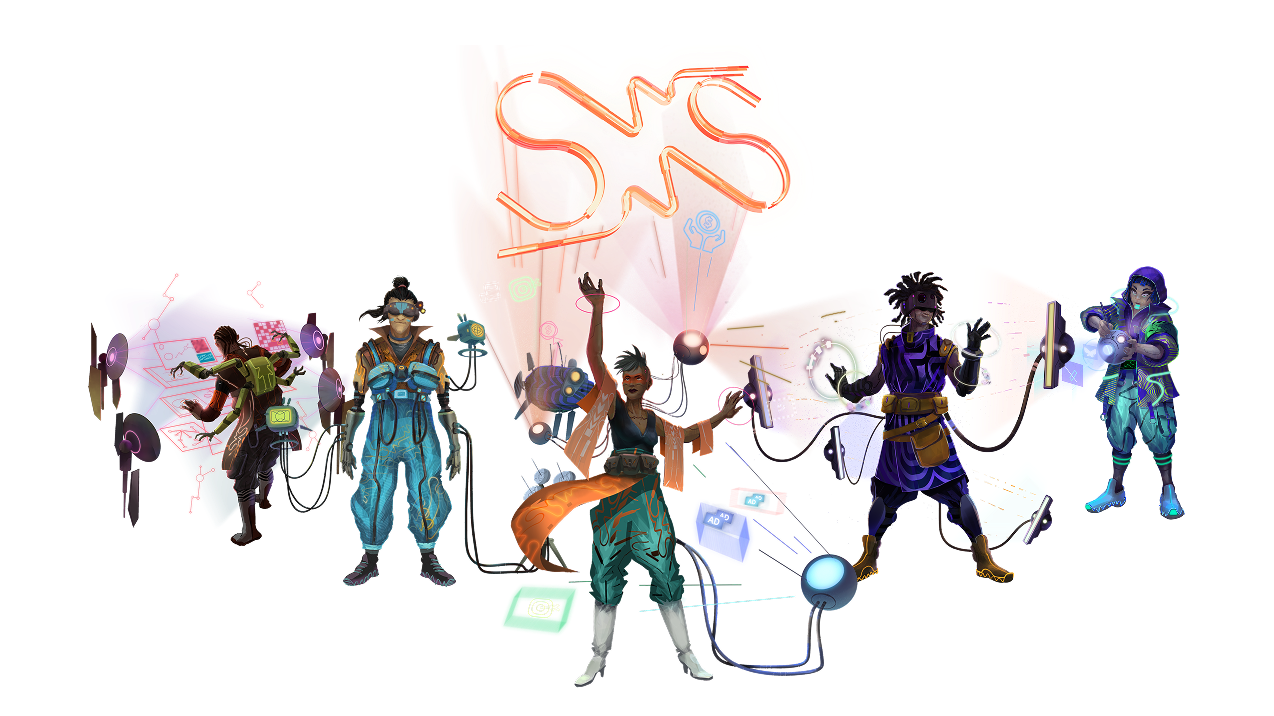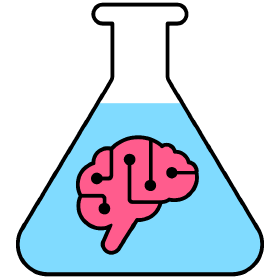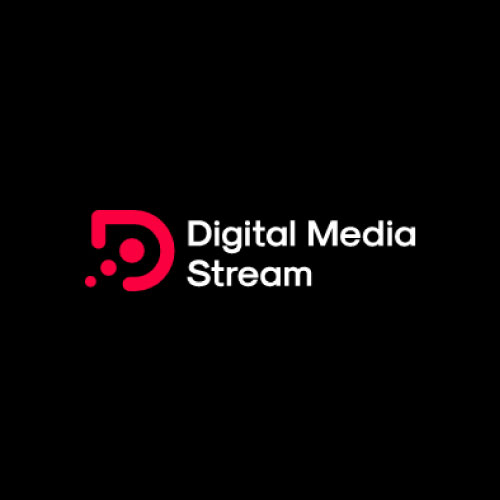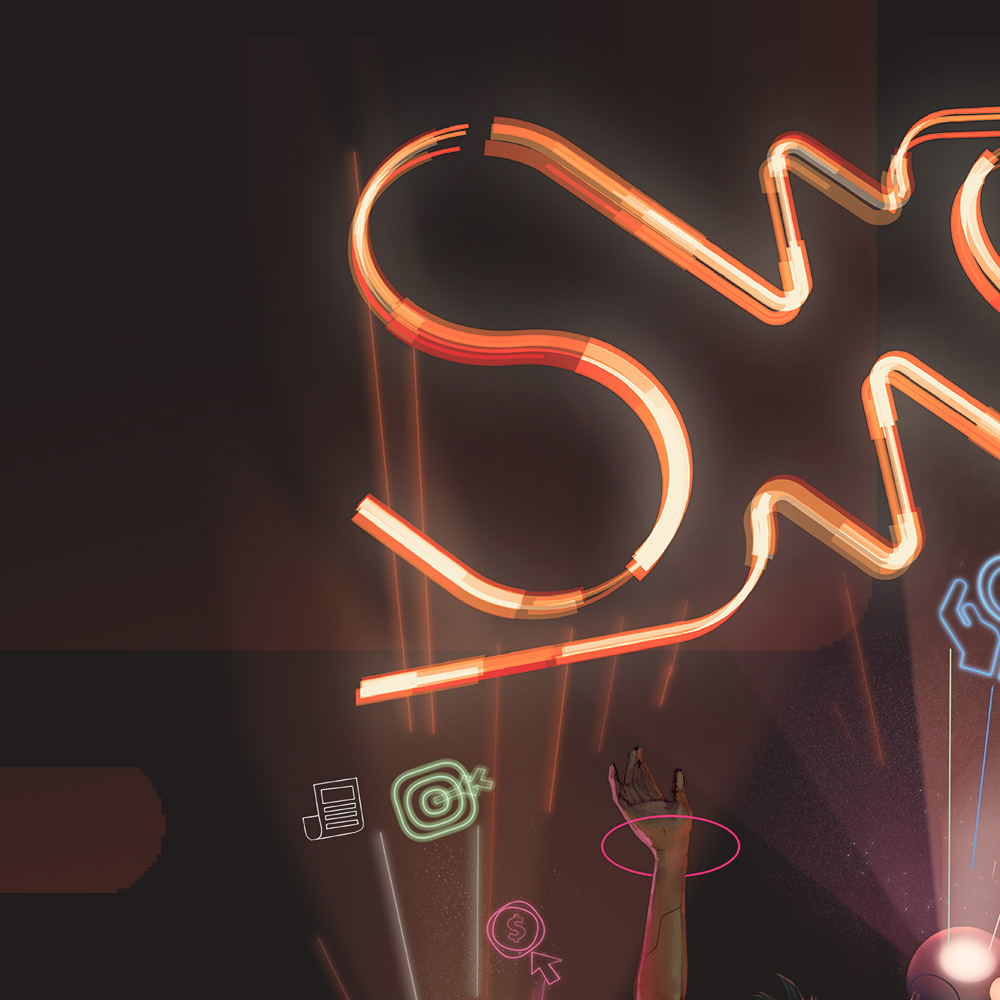
So, you’ve heard the buzz about "demand generation" in the world of B2B SaaS (Business-to-Business Software as a Service) but aren’t entirely sure what it means or where to start. Don’t worry—you're not alone! Demand generation is basically a fancy way of saying “creating interest and excitement for your software in potential customers.”
In the B2B space, this is crucial because businesses aren’t always looking for software solutions until they realize they need one. That’s where demand generation comes in: it's about building awareness, educating your audience, and guiding them towards your product—without being overly pushy. Think of it as a way to nudge potential customers in your direction, by showing them how your SaaS solution can solve their problems.
From inbound marketing strategies like blog posts and webinars to outbound efforts like cold outreach and ads, demand generation covers a broad range of tactics. The goal? Getting your ideal customers to think, “Hey, maybe we do need this tool!”
In this guide, we’ll break down the key strategies that work in B2B SaaS demand generation, and explain how you can put them into practice for your business. Let’s dive in!
Getting started with B2B SaaS demand generation might seem a bit overwhelming at first, but the good news is that you can take it step-by-step. Here’s a simple approach to kick things off:
1. Know Your Target Audience
Before you dive into any marketing or demand generation efforts, it’s essential to understand who you’re targeting. Ask yourself:
- Who are your ideal customers?
- What problems are they trying to solve?
- How does your SaaS product fit into their business needs?
Start by creating buyer personas, which are fictional profiles of your ideal customers. These personas will help you tailor your messaging and campaigns to the right people.
2. Create Valuable Content
Once you know your audience, it’s time to create content that speaks to their needs and educates them about your solution. This could include:
- Blog posts, articles, or case studies explaining how your software solves specific problems.
- Whitepapers or eBooks offering in-depth insights on industry challenges and solutions.
- Webinars and demo videos that give potential customers a firsthand look at your product.
Content is the core of demand generation because it helps build trust and positions you as a go-to resource.
3. Leverage SEO and Inbound Marketing
To drive traffic and build awareness, you’ll want to make sure people can find your content. This is where search engine optimization (SEO) comes in. Optimize your website and content for relevant keywords that your target audience might be searching for. Over time, this will help bring potential customers to you organically.
You can also use inbound marketing strategies like lead magnets (free resources like eBooks or templates) to capture contact info, then nurture those leads with automated emails.
4. Build a Strong Outbound Strategy
While inbound tactics are important, don't ignore outbound efforts like email outreach or paid ads. Target decision-makers in the companies you want to reach, but make sure you’re offering something valuable in your communications—whether it’s a solution to their pain points or insights from your industry.
Tools like LinkedIn, email campaigns, and even paid social media ads are great for reaching the right people.
5. Measure, Analyze, and Optimize
One of the key parts of demand generation is knowing what’s working and what’s not. Track metrics like website traffic, conversion rates, and the performance of different campaigns. If something isn’t delivering results, don’t hesitate to pivot and try new strategies.
Tools like Google Analytics, HubSpot, or a CRM (Customer Relationship Management) system can give you insights into which strategies are driving the most interest and sales.
6. Focus on Relationship Building
Demand generation isn’t just about leads; it’s about building relationships. Engage with your audience on social media, respond to their questions, and keep nurturing them with relevant content even after they’ve shown initial interest. Building trust over time increases the chances of turning prospects into paying customers.
Final Thoughts
Starting your B2B SaaS demand generation strategy is really about focusing on the needs of your target customers and finding ways to communicate the value of your product to them. By combining smart content marketing, outreach, and analytics, you’ll be well on your way to driving demand and filling your sales pipeline. Keep experimenting and improving as you go, and remember that building demand takes time but pays off in the long run!
Find a B2B SaaS Expert
We've collected a directory of B2B SaaS experts and agencies that we've reviewed and categorised based on service and specialism for your review.














